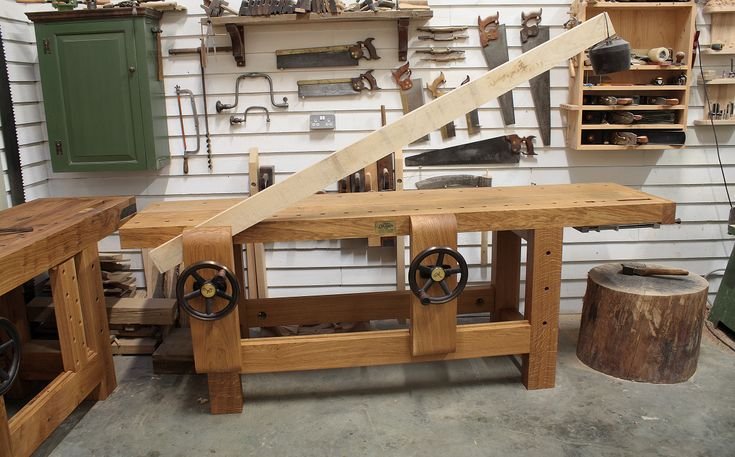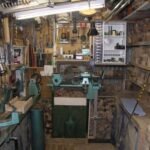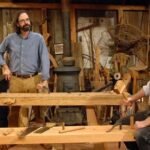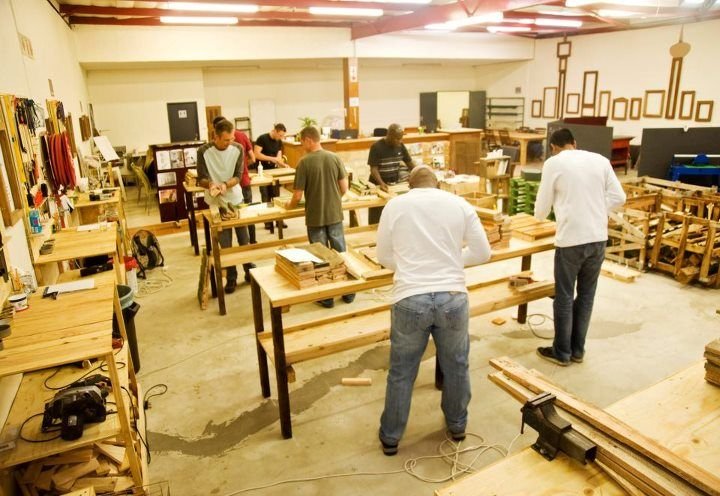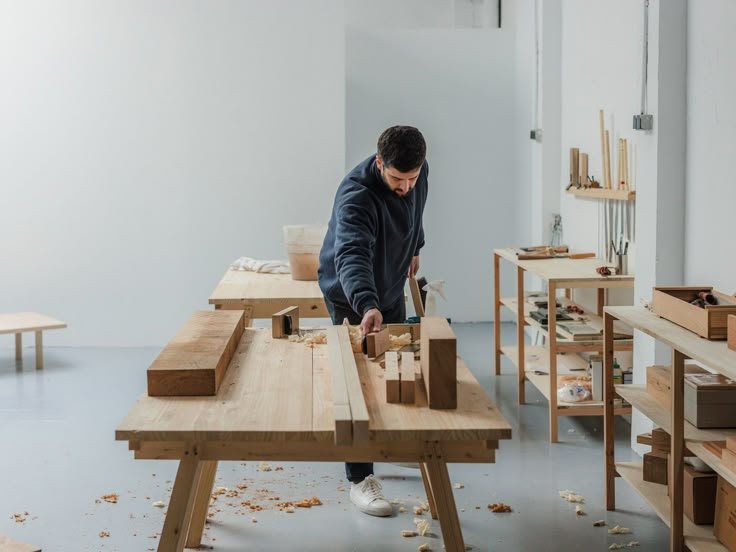Discovering the Joy of Waldorf Woodworking
So, let me tell you a little story about how I stumbled into Waldorf woodworking. It all started on a rainy afternoon last fall, and I was just looking for something to keep me busy—didn’t want to binge-watch another season of that detective show. You know how it is. The kids were napping, and I had a bit of a hankering to make something, anything.
I’d always been a bit handy, but never had done much more than the regular repairs around the house. Somehow, I ended up watching this video about Waldorf toys—those wonderfully simple, natural-looking figures made from wood. They resounded with me because, well, my kids love playing with those whimsical little toys at our local co-op. I thought to myself, “How hard could it be?” Spoiler alert: it was a bit tougher than I imagined.
The Great Wood Dilemma
I ventured into my garage, where I had an old, rusty hand saw and a few chunks of pine wood left over from who-knows-what project from last summer. Honestly, the smell of that wood was ah-mazing—so fresh and earthy. I remember that pine scent mingling with the little whiffs of wet grass coming in through the cracked garage door. It’s one of those smells that pull at your heartstrings, right?
I settled on trying to make a simple Waldorf-style figure—something that looked like a little gnome. You know, round head, a stout body, the works. I drew up a rough sketch on a piece of scrap paper, and déjà vu hit me; it looked almost like those stick figure drawings I used to do in elementary school.
Now, where was I? Ah yes, the pine. So, I carefully started cutting into that wood, and let me tell you, my first cut was smoother than I expected. I was feeling like a real woodworker for about, oh, ten minutes. And then I made my second cut.
Let’s just say, it didn’t go quite as planned. Pine is soft but doesn’t always play nice when you aren’t paying attention. I inadvertently put more pressure on my cuts than I should have. That beautiful piece of wood turned into splinters faster than a raccoon knocking over your garbage can. Almost made me chuckle at my own folly—like, how did I think this was going to be easy?
Trial and Error: The Learning Curve
After that not-so-glorious start, I almost gave up. I sat in silence for a minute, hands on my hips, just staring at the mess I had created. I mean, there it was—my first Waldorf project—looking less like a gnome and more like a failed wood experiment. But then, I thought of the kids. I pictured them with those bright smiles, and how they’d light up to see an actual toy made by Dad. Maybe I could fix it.
I grabbed some sandpaper—80 grit, smooth enough to tidy up the mess, but rough enough to get rid of my mistakes. The sound of the sandpaper gliding against the wood, that soft, squeaky noise, was oddly satisfying. I found a rhythm and before I knew it, I was lathering that poor piece of wood in sweat and determination.
I took some time as I shaped the figure, refining the head and rounding off the edges until it stopped looking like a lumpy potato and more like something you could actually play with. And honestly? There was a moment when I realized it wasn’t half bad.
Finishing Touches and Unforeseen Fumbles
Now came the real test—how to finish this thing. I read up on some natural oils, because, you know, Waldorf is all about that wholesome, organic vibe. I landed on pure tung oil. It’s got a lovely nutty smell, and when it dried, the wood looked stunning. But, oh man, did I almost ruin everything! I was a bit overzealous with the application and left it to dry without checking.
By the time I came back, the oil had pooled and dried into a sticky mess on one side. I laughingly cursed myself while thinking, “Why haven’t I convinced myself to try this sooner?” I had to sand it again, which—okay, kinda sucked, but also made me better at the process.
As it dried, I could see how precious this little gnome was turning out to be. He wasn’t perfect; he had character. A few little knots and blemishes that made him uniquely mine. I could already picture my daughter’s excitement as she cradled it in her little hands.
The Simple Joys
That evening, when the kids were up and I finally showed them my creation, I nearly cried when my youngest hugged it like it was the softest blanket in the world. “Thank you, Daddy!” they squealed. That’s what it was all about—messy and imperfect as it was, it came straight from my hands and heart.
So here’s the thing, if you’re even a bit curious about diving into Waldorf woodworking—or any woodworking really—just go for it. Don’t overthink it, because I seriously wasted a lot of time worrying that my gnome wouldn’t come out right. Each slice and each mistake taught me something better. At the end of the day, it was never about getting it perfect; it was about the stories, the laughs, and the love that went into making something special. And you know what? It stuck around much longer than a season of those detective shows.
So grab that wood and tool you’ve been eyeing, find your own gnome or whatever you’re drawn to, and just make something. It’ll probably be a little rough around the edges, but that’s what gives it the charm. Trust me; it’s worth it.

